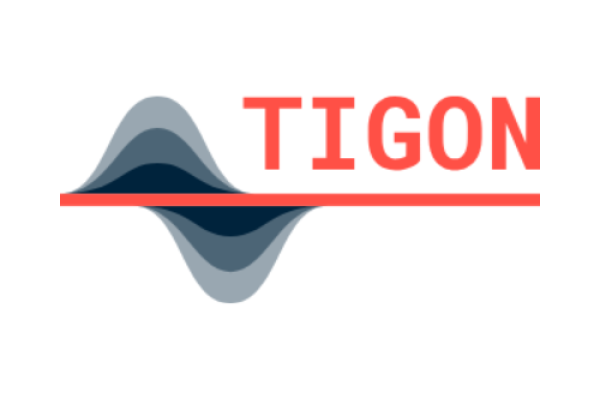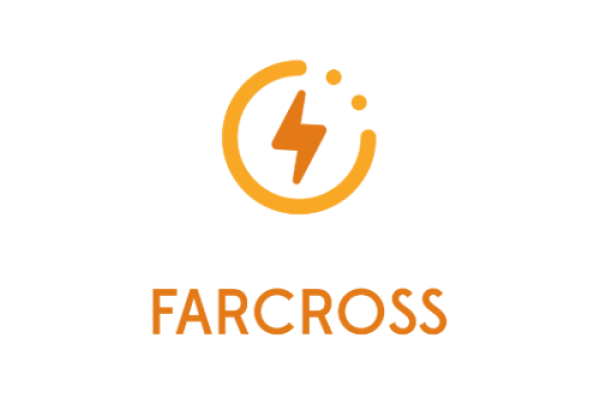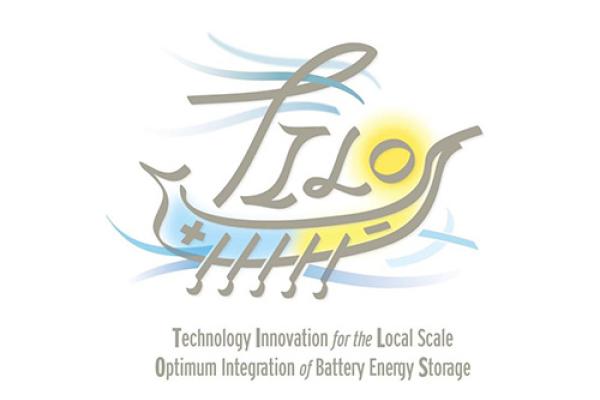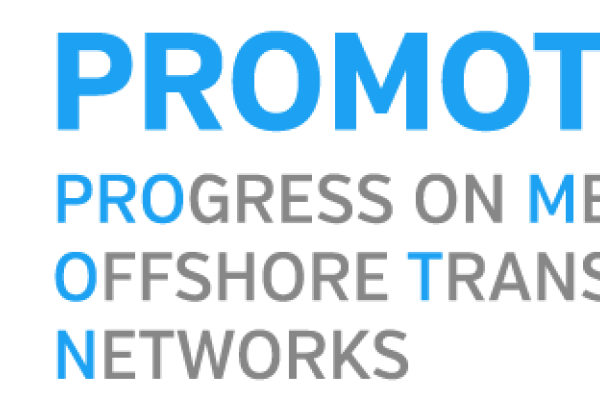
TIGON
TIGON aims to achieve a smooth deployment and integration of intelligent DC-based grid architectures within the current energy system while providing ancillary services to the main network. To do so, TIGON proposes a four-level approach aiming at improving reliability, resilience, performance, and cost efficiency of hybrid grids through the development of an innovative portfolio of power electronic solutions and software systems and tools focused on the efficient monitoring, control, and management of DC grids. These solutions will be demonstrated in two main demo-sites located in France and Spain.






